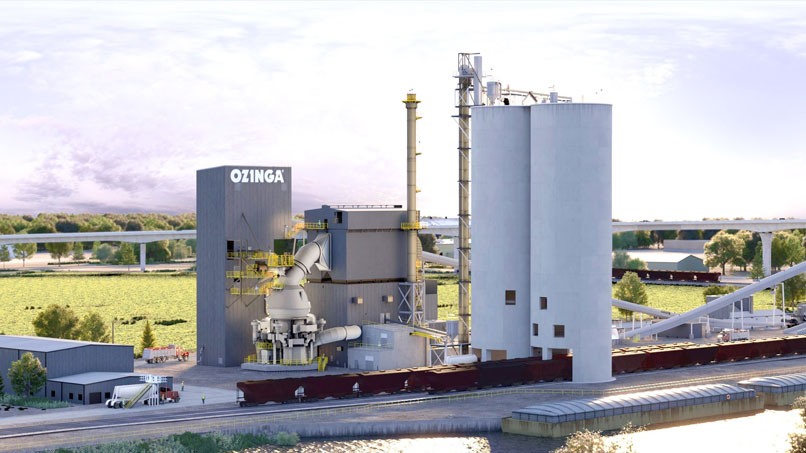Engineers at the University of Massachusetts Amherst received a four-year, $3 million award from the National Science Foundation’s Future Manufacturing Program to make cement manufacturing more sustainable.
“We want to invert two processes,” said Guoping Zhang, professor of civil and environmental engineering and principal investigator of the research. “One is the traditional portland cement manufacturing process to combat the CO2 emissions – even to store and use the CO2 in the next-generation cement.”
Second, the researchers see an opportunity to divert the waste stream that comes from mining metals for electric vehicles and energy storage and repurpose these mine residues to make cement.
“You need to extract minerals from the ground to make a huge volume of these metals for wind and solar energy production and making batteries for energy storage so the demand is just going to increase over time,” explained Peng Bai, assistant professor of chemical engineering. “If we don’t use them, these mine tailings are just waste. At the same time, they contain ingredients that can be used for other processes.” In the case of inverted cement, that waste contains calcium, magnesium, iron and silicon.
In their proposed new method, captured and atmospheric carbon dioxide reacts with the calcium, iron and magnesium to grow into nanoscale carbonate crystals, using the original rock-stored silicon oxide chains and sheets as a scaffolding to hold the strong nano carbonates. This thermodynamically favored process effectively pulls carbon out of the air and stores it as a strong solid, which is expected to do a better job than the current ordinary Portland cement.
“We have hints from literature and our previous work that individual parts of this process should work but there is also a lot of exploratory research to be done to really make this an actual manufacturing process so it’s very exciting,” Peng added.
The award also involves collaboration with four other academic institutions: Worcester Polytechnic Institute, University of California San Diego, University of Alabama and Southern University.



